Hygiene Institute
Twist and shout
It’s too brutiful for its own good. The Hygiene Institute is a brutalist architectural marvel. It was finally granted protected status last week, so it’s only a matter of time before they knock it down for something more lucrative.
“This institute is a complete work of art, a building of international standing and an important contribution to the ‘organic’ and ‘brutalist’ architecture of post-war modernism!” Berlin Landesdenkmalamt director Christoph Rauhut gushed as the unused concrete complex in Lichterfelde was given a prized “Denkmalschutz” badge.
The Landesdenkmalamt (state monument authority) praised Charité’s Institute for Hygiene and Microbiology – to give it its full title – for its “outstanding historical, artistic and urban development importance. The building, with its sensitively designed concrete surfaces, has been superbly preserved and is largely unchanged in the state in which it was built.”
No doubt the poor old Gasometer in Schöneberg was listening in from afar, incredulous, wondering why its Denkmalschutz had done nothing to stop investors from ripping out its insides so it can be filled with offices.
Hopefully the Hygiene Institute will escape a similar fate, but Berlin’s track record with protected buildings is poor. It only looks after things in a sort of GoodFellas way, rather than with any care.
The Hygiene Institute, which goes up to five levels, was built to plans from architects Hermann Fehling and Daniel Gogel between 1969 and 1974. Apparently Fehling and Gogel were enthusiastic followers of the Hans Scharoun school of architecture – modern and expressionist. Berlin’s Philharmonic building, built in 1963, is the most prominent example of Scharoun’s work.
Fehling and Gogel used expressive shapes, twisted forms and folded surfaces to create sculptural figures that depicted and supported the work inside the research and education building. They used waves of concrete with leading lines and seductive curves. The curves are supported by ribbon windows on the northern side.
Incredibly for Berlin, the Health Institute was actually built within budget. It cost 33 million DM and was inaugurated on Dec. 12, 1974. Like the famous Mouse Bunker animal-testing laboratories across the road – another of Berlin’s brutalist beauties – the Hygiene Institute belonged to Freie Universität Berlin at the time.
University research and teaching were combined. The building was split in two to keep the highly infectious organisms in the eastern research areas away from the pure teaching areas in the west. A shared library acted as a link between the two – much to the delight of the highly infectious organisms. They used to pretend to be reading before seizing their chance to escape into the world.
There were rooms for experiments on animals in the eastern part of the building, and a corridor under the street to the Mouse Bunker in case any of the sadistic students couldn’t get enough animal testing done where they where. You know what those students are like.
Charité, which owns it now and has more of less abandoned it, says it wants to incorporate the protected Health Institute building in a new university campus with partners from the Freie Universität.
“The Berlin Hygiene Institute, founded in 1885 by Robert Koch, is part of Berlin’s history. Without the research carried out here, Berlin would not have become a city of millions,” Charité dean Axel Radlach Pries said. “The Denkmalschutz declaration honors not only the modern institute building but also the long and beneficial work of hygiene science in Berlin.”
Stirring words, but the Charité previously wanted to destroy the Mouse Bunker – because why the hell not? – though it seems now the campaign to save it has caused a rethink. The Mouse Bunker is also being included in the future plans for the so-called Life Science Campus.
We’ll see. The Landesdenkmalamt evidently didn’t think enough of the Mouse Bunker to give it Denkmalschutz status already, nor did it seem to give much of a damn about the Gasometer, almost as if it has become completely distracted by the captivating Health Institute.
“No other building in Berlin shows the plasticity of concrete so artistically as the Institute for Hygiene and Microbiology. And no other building achieves a comparable quality down to the last detail,” the Landesdenkmalamt swoons in its recommendation for protected status.
“This quality is conveyed in the same way in the interior construction. From the layout of the rooms to the routing, the lighting, the furniture and the color scheme, the architects demonstrate their outstanding talent for understanding a building as a total work of art and implementing it artistically,” it continues.
It’s just a pity that such a good-looking Health Institute is not being used. It’s been left to wallow in despair, forgotten and unwanted, wondering what it did wrong to deserve such treatment.
Sure, the protected status is nice, a degree of recognition at last, but words are cheap and it’s action that counts. The Health Institute would love to help. But apparently now is not the time for research on highly infectious organisms while we’re in the middle of a pandemic.
LOCATION AND ACCESS (HOW TO FIND GUIDE)
- What: Hygiene Institute, Charité’s Institut für Hygiene und Mikrobiologie, a largely unused building that’s all charming on the outside and sinister on the inside. Thankfully its days of animal testing are in the past.
- Where: Hindenburgdamm 27, 12203 Berlin.
- How to get there: Get the S1 S-Bahn from Friedrichstraße to S-Bahnhof Botanischer Garten and walk from there. It’s the same way you’d take to the Mouse Bunker, which is just across the road and very much worth visiting.
You can also take the S25 from Friedrichstraße (or any of the other stations en route) to S-Bahnhof Berlin Lichterfelde Ost and walk from that station. It’s about the same distance. You’ll need to go over the canal if you come from Lichterfelde. Here it is on a map. - Getting in: This is difficult. Sometimes there’s security on the site. Charité workers are still using parts of the complex – at least they’ve left their personal belongings lying around – and there’s no real way of getting in without damage and we don’t recommend that. DO NOT DAMAGE ANYTHING. Penalties for breaking and entering are a whole other story to penalties for mere trespassing, so again, do not force your way into any building.
- When to go: Go during the day so you can admire the architecture.
- Difficulty rating: 9/10. See above.
- Who to bring: Architecture buffs, or that boy or girl you like for a romantic stroll along the Teltow Canal.
- What to bring: Bring your camera and refreshments. Refreshments are refreshing beside the canal once you’re done with all the architecture.
- Dangers: Watch out for security guards, Charité workers, Polizei and the usual hindrances you’d expect when poking your nose around verboten places in Germany.
Brutalism, baby
La Pyramide
Among all of Abidjan’s skyscrapers, none tickles the heavens more than La Pyramide, Rinaldo Olivieri’s brutalist beauty.
Buzludzha!
A strange UFO perches on a mountaintop in deepest darkest Bulgaria. Buzludzha, the country’s former communist party HQ, has to be seen to be believed.
Bierpinsel
Perhaps the weirdest of Berlin’s buildings, abandoned or not, is the hideously attractive Bierpinsel in Steglitz. It sticks out like a walrus in a tutu.
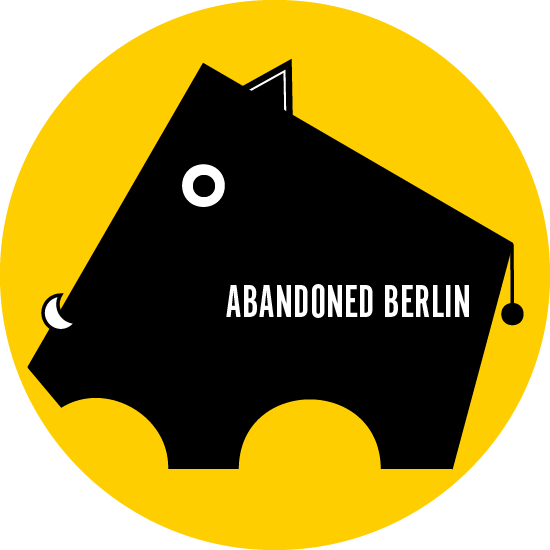
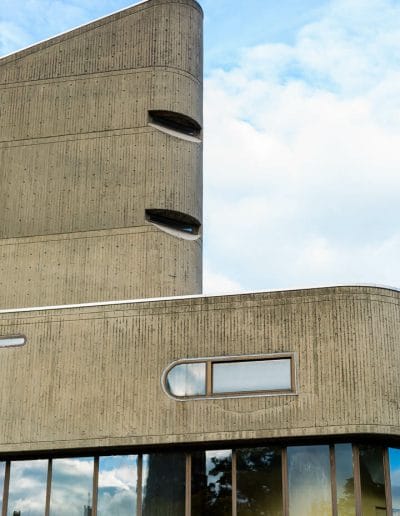
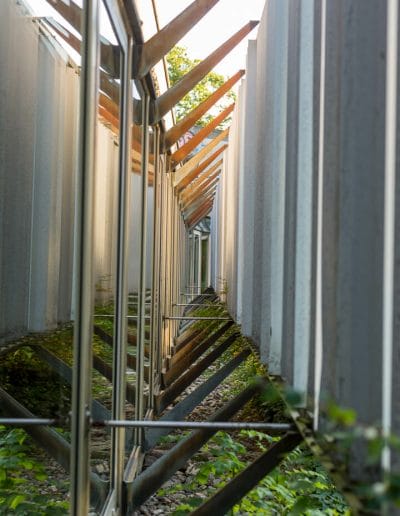
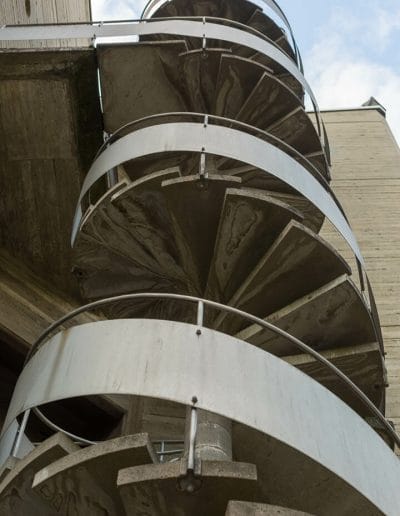



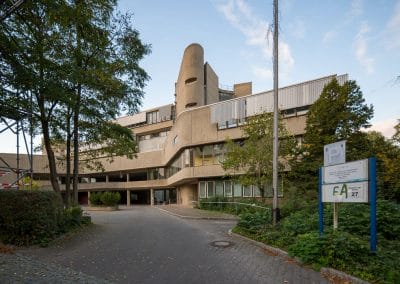
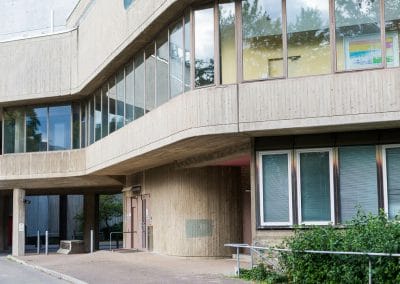
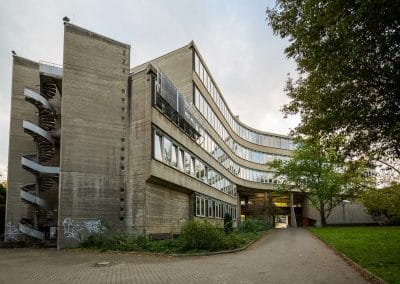

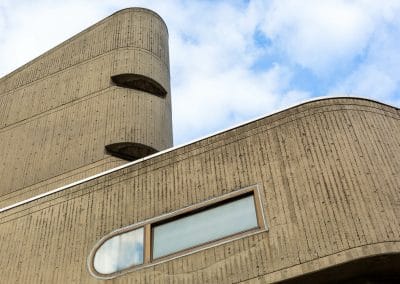
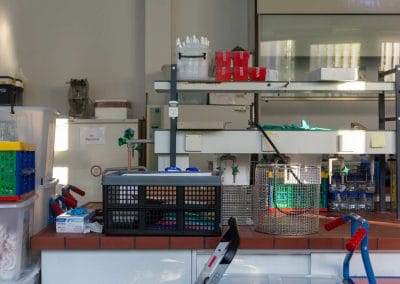
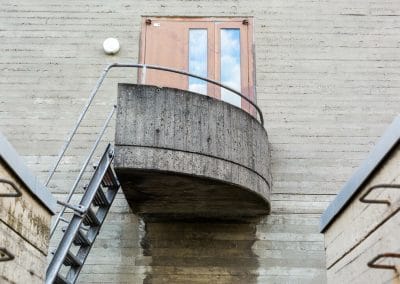
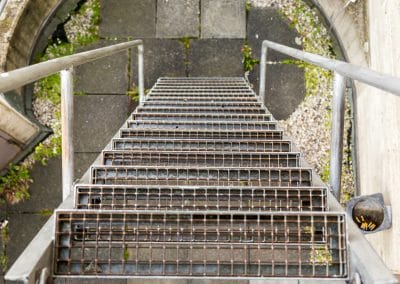

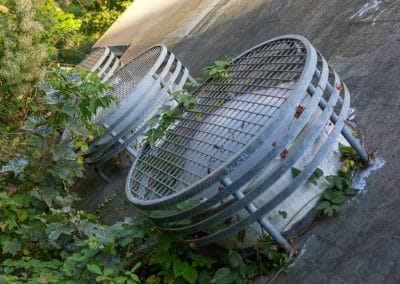

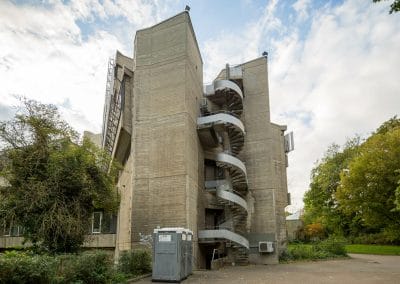

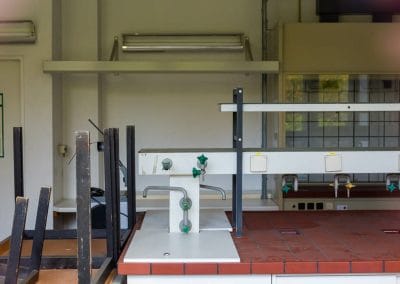
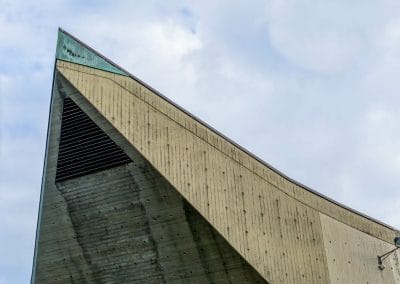
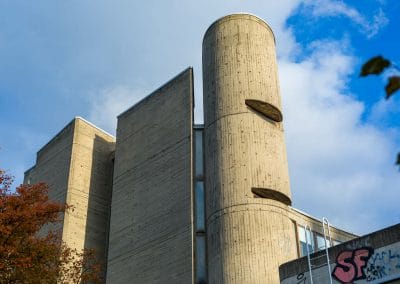

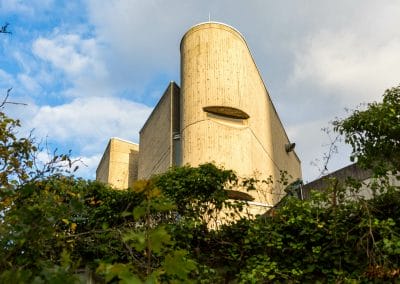
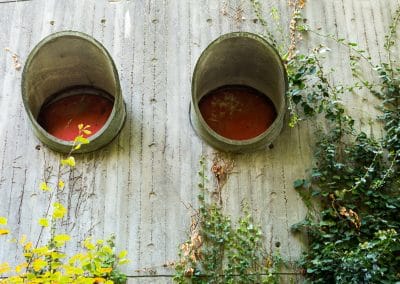
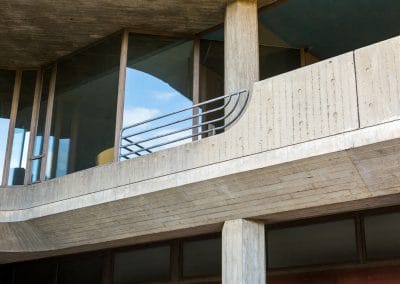

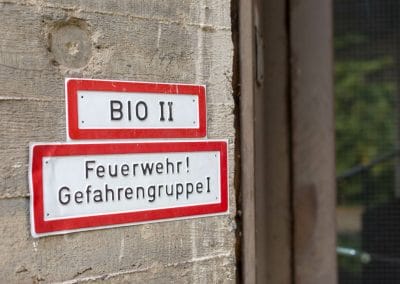
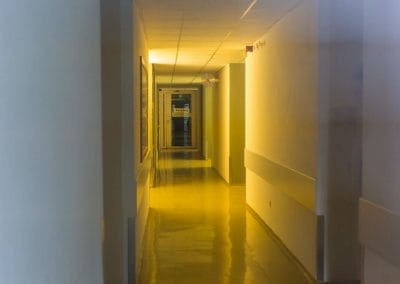

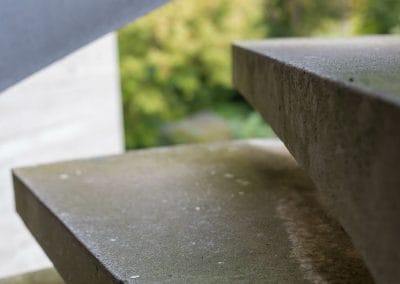


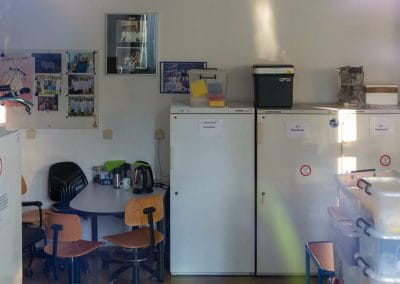


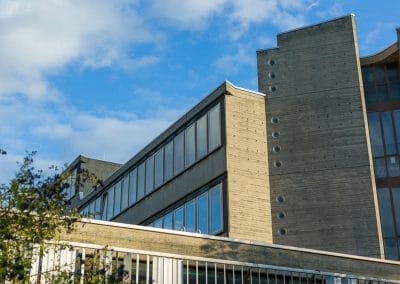
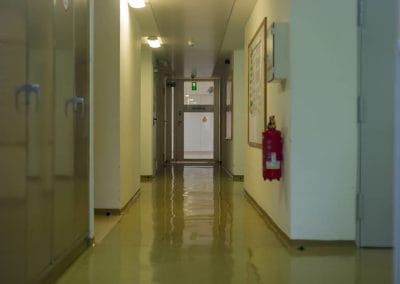
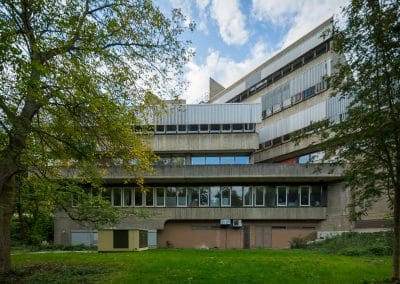
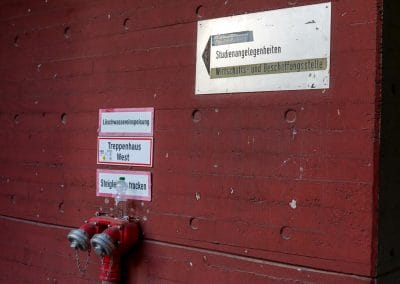


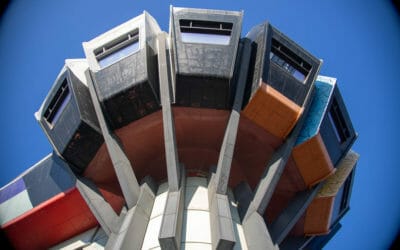
Not abandoned at all. Meh.
Wow, what a place 🙂
“brutiful” – 100 points for best neology!